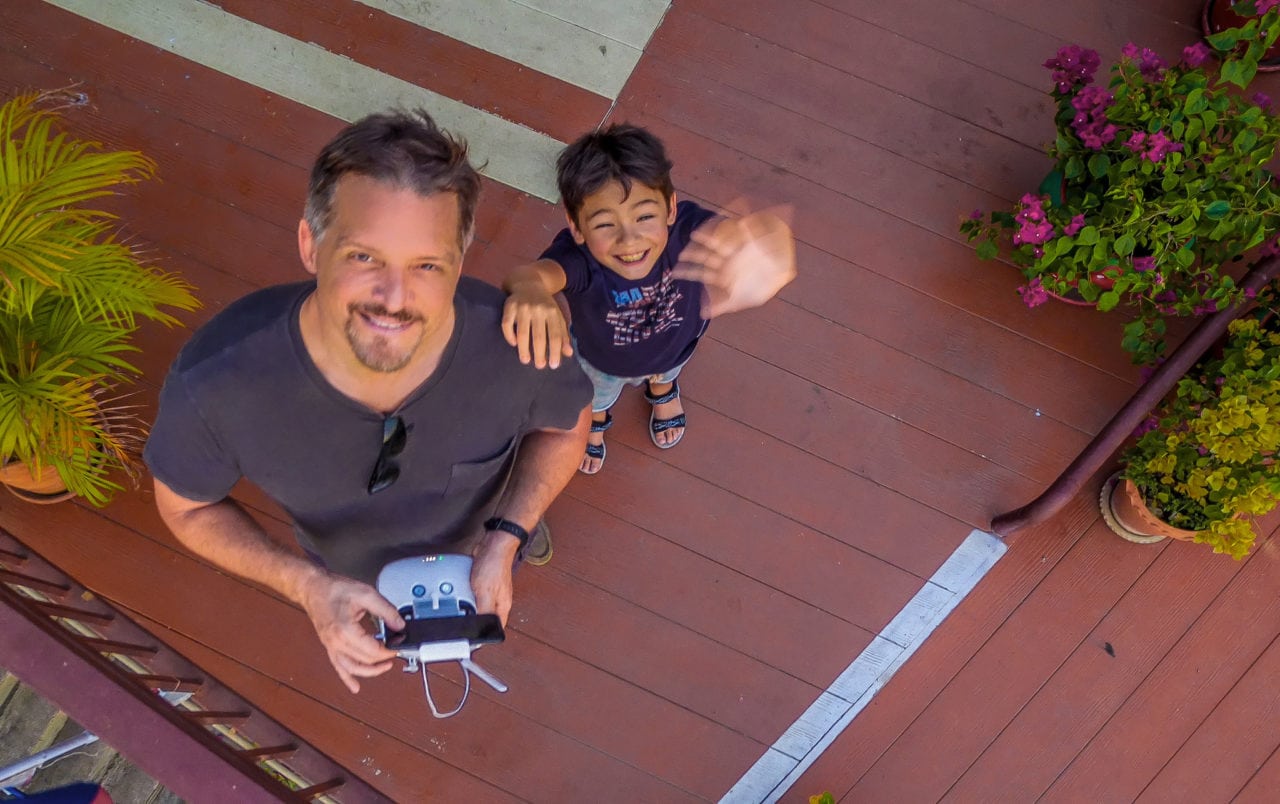
Part 107.39 prohibits drone flight over non-essential crew. Photo courtesy of Mark Lehmkuhler/CC
The FAA is wary of providing waivers to its rule preventing drone flight over people — Part 107.39 — because such operations significantly increase the risks of injury. But it’s not impossible to get, said the agency’s Kevin Morris. It’s primarily about understanding and mitigating risks.
Morris is an aviation safety inspector who hosted a webinar presentation on drone operations over people. The presentation was part of the agency’s ongoing series of webinars on UAS waiver applications, deemed necessary as only 16% of the 11,345 applications that have been reviewed this year have been approved.
The presentation was the final one in the series, which is hosted on the FAA’s website, and Morris said that the topic “is not a simple waiver; it falls into one of the more complex categories,” like beyond visual line of sight, which was addressed in a previous presentation.
The section of the Part 107 rule concerning operations over people states no operation may pass over a person who is not directly participating in the operation as necessary crew who are fully briefed on the operation unless that person is inside a structure or moving vehicle that can provide protection. Morris made particular note that that provision does not include ancillary crew such as actors or news reporters who might be involved but not necessary to the drone operation. And people who have read a posted sign do not count as briefed.
According to Morris, the FAA’s primary concerns are:
- How will you ensure that your operations are safe at all times, even in unusual circumstances?
- What kinds of circumstances might arise during your operations, and how do you plan to handle each of them?
As with any of the drone waiver requests, an application should be thorough and detailed, including as much information and data as possible rather than making unsupported claims or expecting the FAA reviewers to make assumptions. It is also important, Morris said, to remember that a waiver for 107.39 does not exempt an operator from any other part of the Part 107 rule.
“There are certainly rules for operating over people,” Morris said. “But don’t forget 107.23(a), which details a hazardous operation.” For example, flying five feet away from a person in the wind, regardless of whether the drone is over them, would violate 107.23(a) because if the risk of crashing into and injuring that person.
Beyond filling out the application and answering questions in detail, much of a good application involves explaining how an operator plans to address and mitigate the risk of injury. He said the agency thinks about the risk of injury in terms of the following matrix:

FAA risk matrix plotting injury severity against hazard likelihood. Image courtesy of AVI via FAA
The more severe the potential injury, the less likely it has to be to happen, and the more likely a potential injury the more minor it has to be for it to be acceptable.
One of Morris’ top tips to decrease the likelihood of injury is to avoid intentionally flying over people. Even if that is what the waiver is for, the more time spent over people, the higher the risk. The waiver might be because an operator has to keep a drone stationary and a person might walk under it — if that is the case, mention that people won’t generally be under the UAS, but that the waiver is needed to plan for that potential situation. That’s a much lower-risk situation than filming a concert, in which the drone will be constantly over large groups.
Another tip to mitigate risk is to train a backup remote pilot-in-command (RPIC) to be prepared to take over if necessary. If that strategy is embraced, explain how they were trained, so that the FAA is confident the backup RPIC understands the limitations and tools in play.
There are a number of other ways to decrease potential injury that the drone could cause in the event of a problem, which is the other half of the injury likelihood-to-severity calculation.
Ways to decrease the severity of a potential injury include flying at a lower altitude, so that a falling drone would have less momentum in the event of an impact, as well as using a drone with a frangible construction that would break apart on impact, diffusing the energy and transferring less of it to a victim. There are also tools such as parachutes which are commonly suggested on applications, though Morris warned that they have minimum heights which need to be taken into account: If the parachute in use won’t deploy under 50 feet and the operation is occurring primarily at 30 feet, it doesn’t help any.
Outside of that, a major influence is the drone itself. What the drone is made of (rubber, plastic, metal), how many rotor blades it has and how fast they spin and other factors can affect the damage it would do to a person on impact. Morris suggested using drones that have been tested to determine what level of injury they would cause on impact; if they have, make sure to include that data in your application.
One of the biggest reasons a Part 107.39 waiver is hard to obtain is because the operation is occurring over a walking variable.
“Human beings are not predictable. You can’t always know what they’re going to do,” Morris said. “They may reach up to grab it. They may throw something at your unmanned aircraft.” But their safety and the reliability of the flight is the responsibility of the RPIC, which is why the FAA demands a detailed application explaining the operation and why it will be safe.
The FAA’s application instructions and waiver safety explanation guidelines are available. Go to the dronezone portal to submit an application.